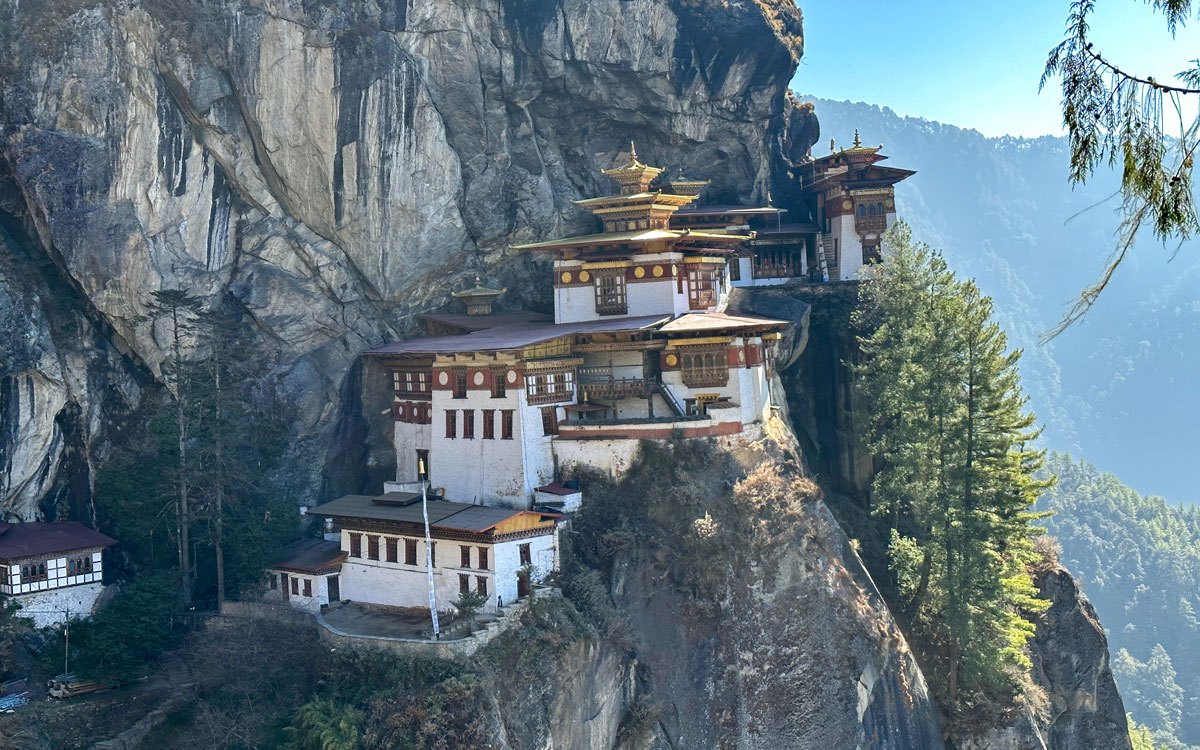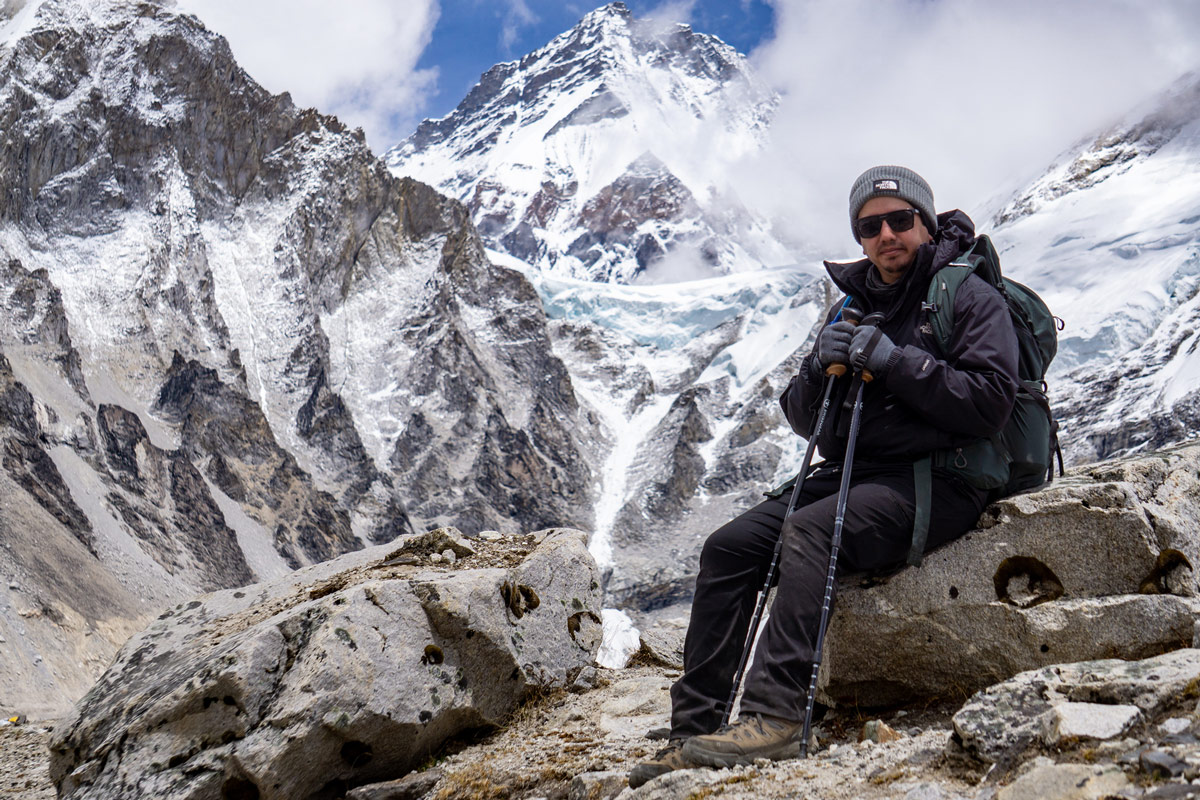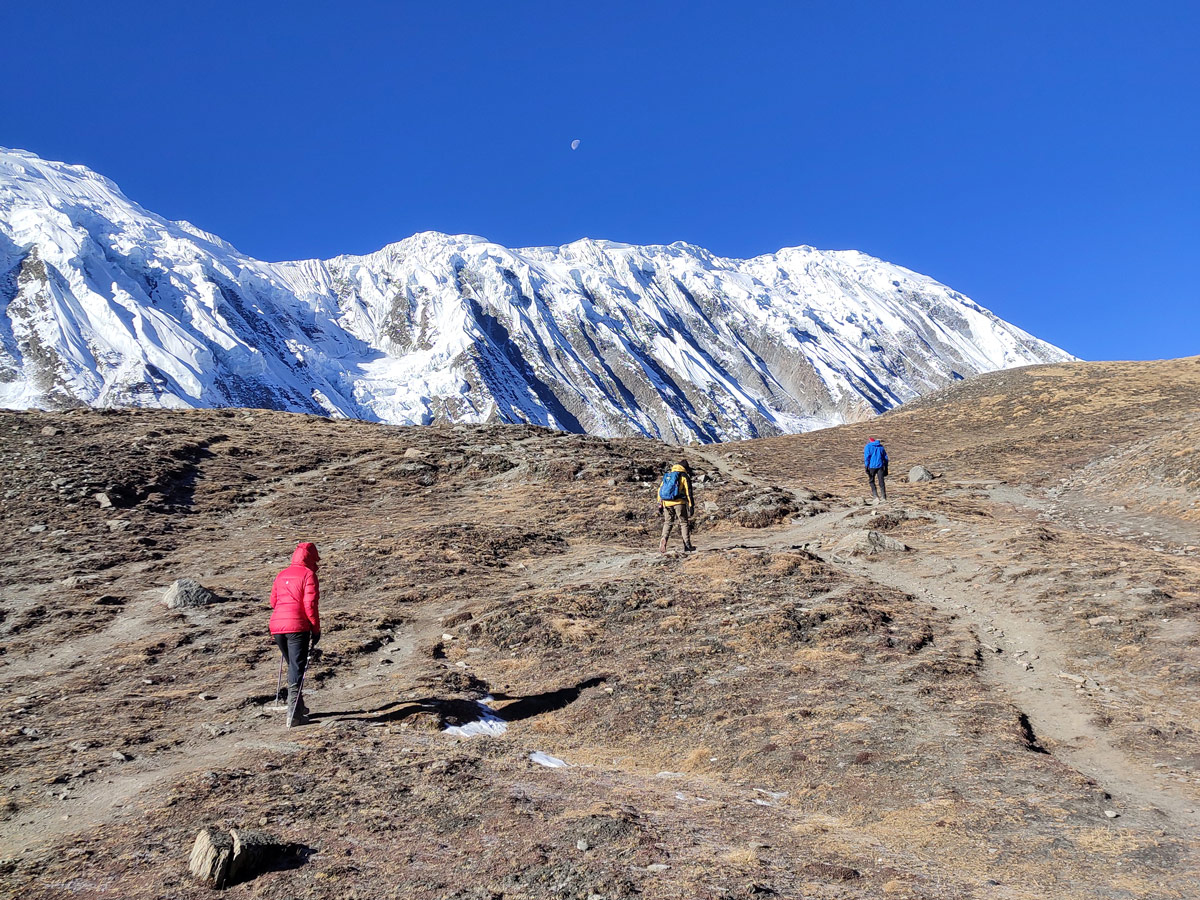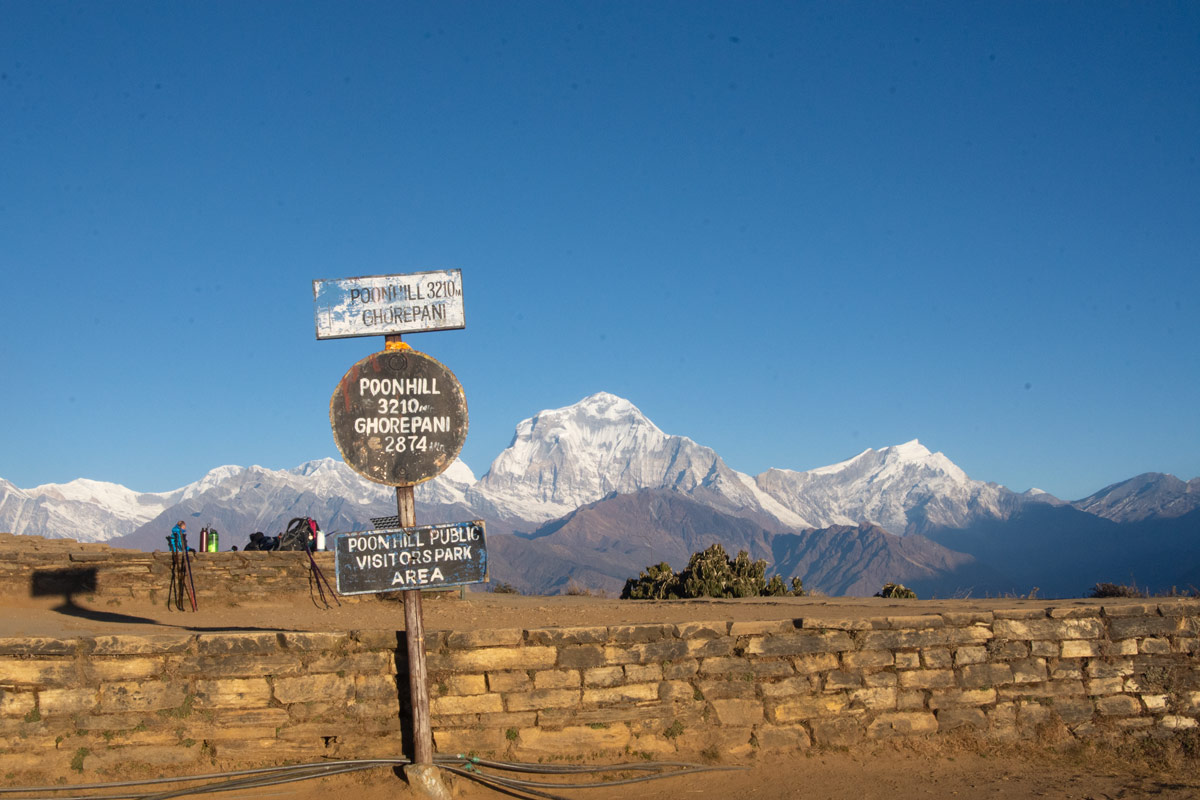Nestled on a cliff-side of the Upper Paro, the Tiger Nest Monastery rises high above the lush valley of Bhutan. Known by many names, tiger nest is a spiritual beacon that has been a source of pilgrimage and inspiration for centuries. With its roots stretching back to the 8th century, this scared buddhist temple still holds a powerful allure.
It draws visitors from far and wide away to bask in its aura and take in the breathtaking views of the Paro Valley below. Whether you know it as Taktsang Palphung or Paro Taktsang Monastery, one thing is certain “the Tiger Nest is a place where the spiritual and natural worlds come together in harmony”.
The magic of tales and wonder swirl around the Tiger Nest Monastery. According to the legends, Padmasambhava arrived at the site of the temple riding a flying tigress. That is why the Monastery is known as the “Tiger nest”.
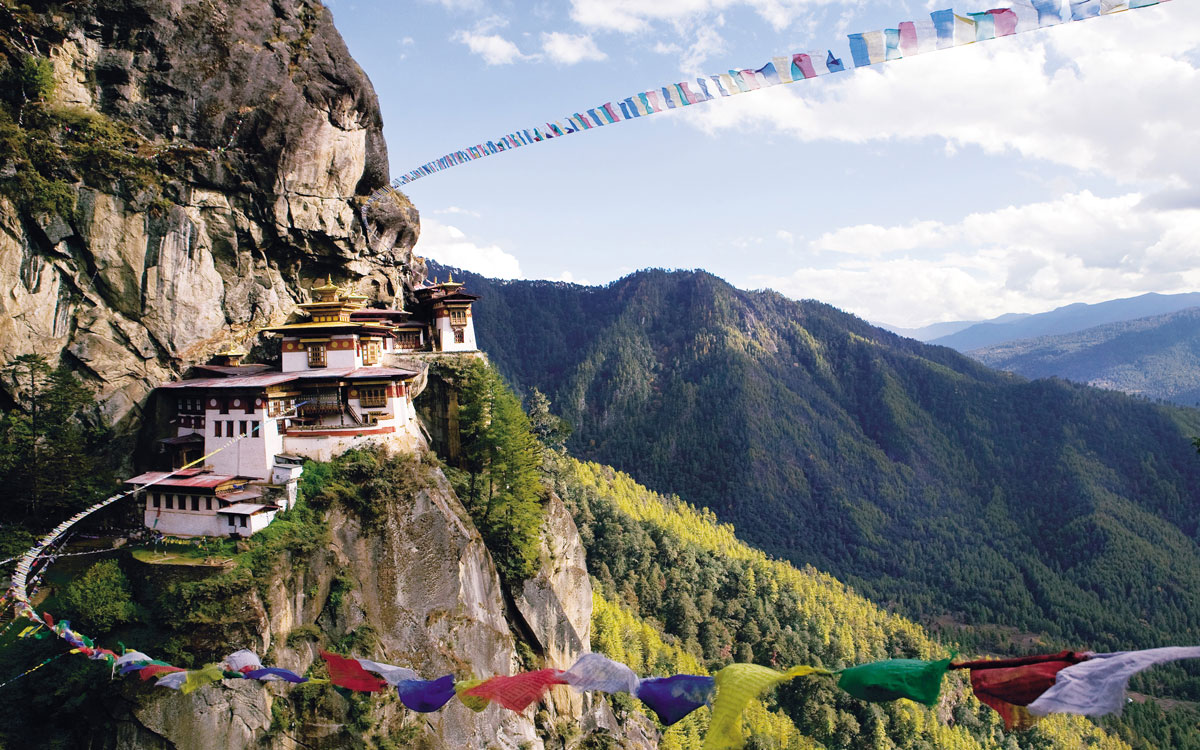
Padmasambhava is also known as Guru Rinpoche – “he who came into being in a lotus”. He meditated in Paro Taktsang for three years, three months, three weeks, three days, and three hours.
Likewise, the monastery is not only the top tourist destination of Bhutan but also the major pilgrimage site for Bhutanese Buddhists. It is a jewel of Bhutan that is deeply connected to the cultural and Spiritual History of Bhutan.
Tiger Nest Construction
Constructing the tiger nest at the steep cliff was significantly a difficult task to do. However, taking the construction materials and workers up to the site was only accessible by foot or by mule. Every beam was carried up the mountain with the sweat and determination of countless workers.
Throughout history, Tiger Nest/Paro Taktsang has been rebuilt several times due to various reasons such as fire, earthquakes, and war. The temple was recently reopened to visitors in 2005 after it was severely damaged by a fire in 1998.
It is worth noting that the rebuilding of Paro Taktsang was not just a physical effort but also a spiritual undertaking. The Monastery is an important religious site for the people of Bhutan.
Therefore, the building was conducted with the help of the 4th king of Bhutan, and the locally raised funds with great care and reverence. It was indeed a remarkable collaborative effort.
Tiger Nest Hike
Hiking up to the tiger nest has specific opening timings depending on the seasons. During the months of October to November, the nest is usually open from 8 am-1 pm and 2 pm-5 pm. Where as, from April to May it is open until 6 pm.
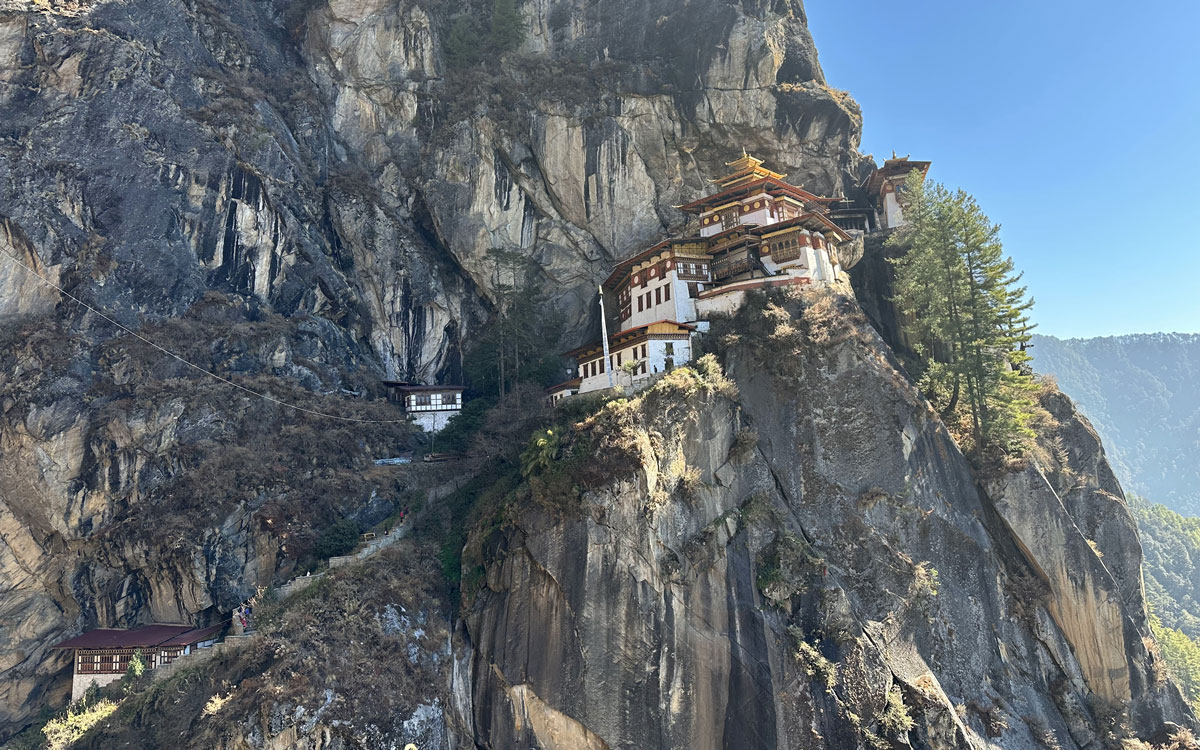
The starting point of the tiger nest trail is about a 20-30 minutes drive from the hotel in Paro Valley. You’ll be dropped at the car parking area from where the hiking begins. From there, the hike to the Tiger Nest Monastery will take you through the picturesque Druk Path Trek, a route steeped in Bhutanese history and culture. For well-experienced hikers, hiking up to the tiger nest will take around 1-2 hours. Similarly, for non-hikers, it will take them around 2 – 3 hours to reach the top.
Although tiger nest is a popular hiking trail in Bhutan horse riding is also accessible from the car parking area. It’ll only take a 20 – 30 minute hike to reach the top after the horse ride.
Tiger Nest Hiking Trail
The hiking trail of the Tiger Nest is moderately challenging but a very beautiful one. Likewise, you’ll be walking through a gorgeous blue pine forest with a wonderful view in between. Along with the pine forest, you’ll be encountering water-powered prayer wheels as well.
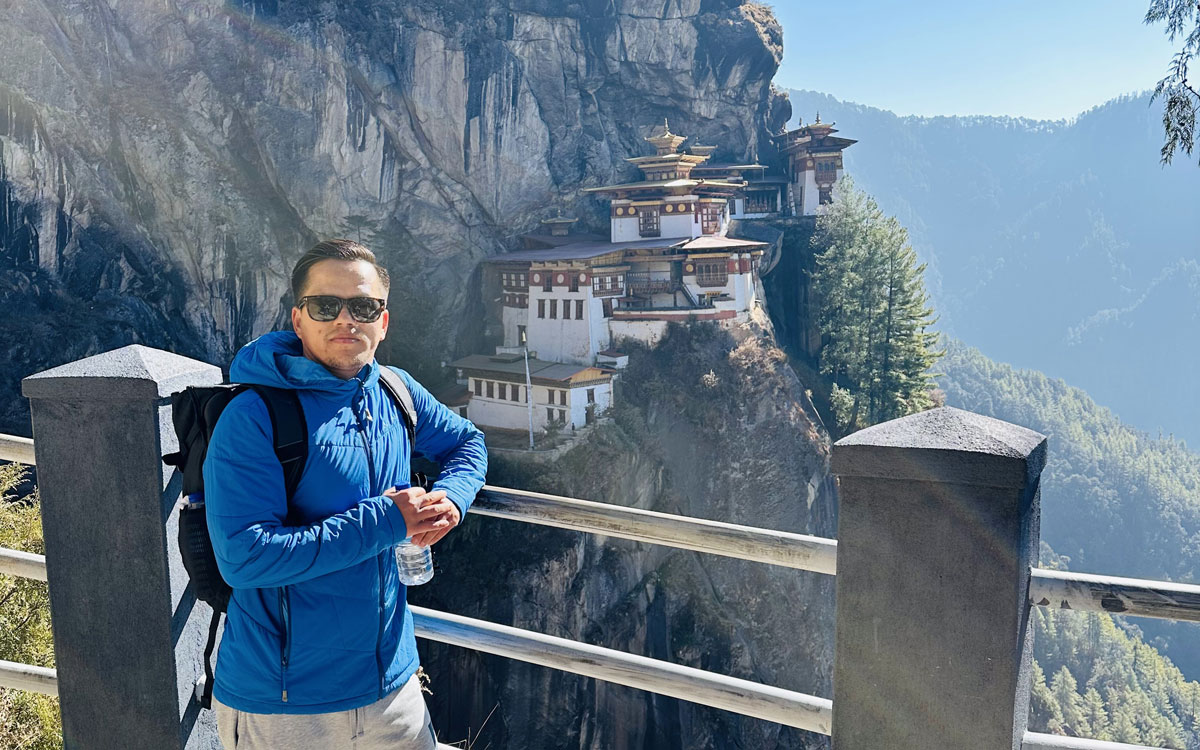
At 3,140 m you’ll get a magnificent view of the monastery, from where most of the pictures are taken from. Tiger Nest is a combination of four temples each of which is connected by a network of bridges and walkways. These four temples remarks as some of the unique and most important Bhutanese Buddhist Artworks.
Keep in mind that there’ll be a very strict check before entering the main temple of Tiger Nest. Equipment like cell phones, metal accessories, cameras, or even wearing a jacket is strictly prohibited inside the temple. You’ll be asked to leave everything inside the locker before entering the temple.
Therefore, hiring a guide for your hike is highly recommended as it is required at the point of entrance.
